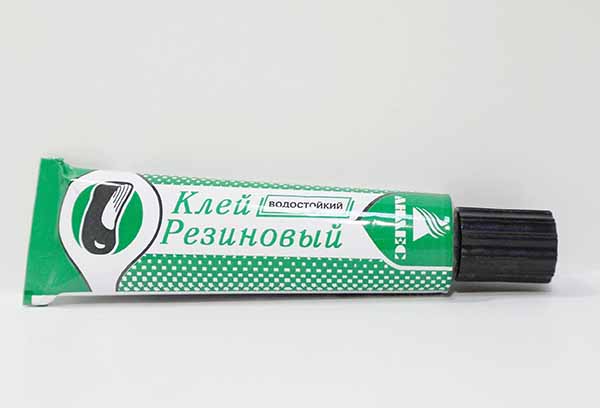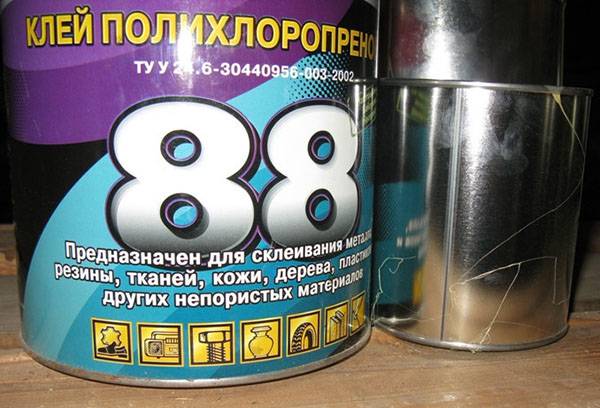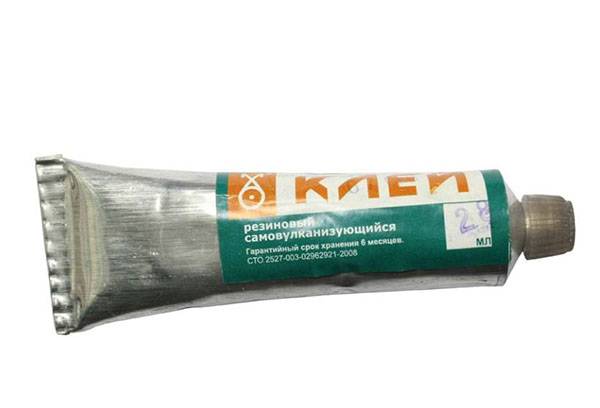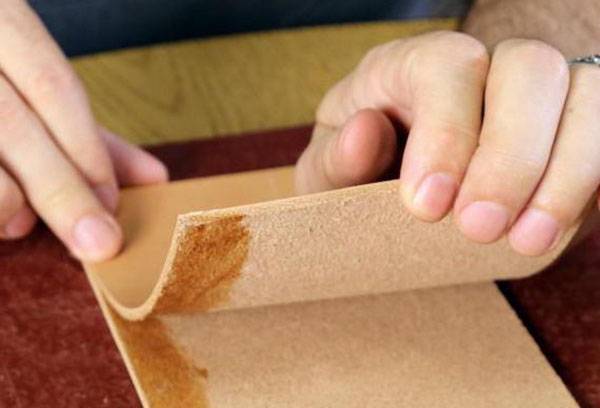How to use rubber glue and what are its features?
Due to its waterproofness, reliability and elasticity, rubber adhesive has a wide range of applications. Rubber cement is a connecting substance consisting of rubber and a special solvent. It may differ in composition and scope of application, so before purchasing, be sure to familiarize yourself with the characteristics and features of all types of this product.
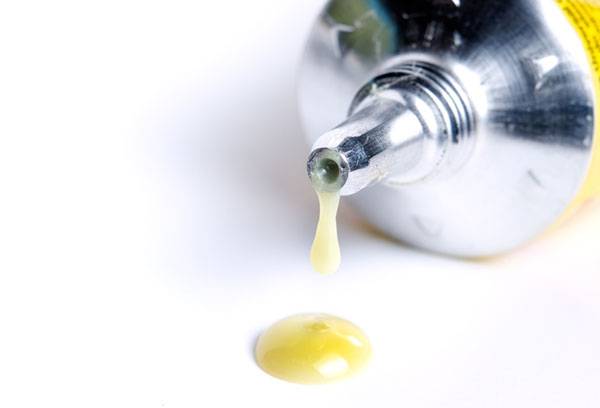
Peculiarities
Most often, rubber adhesive is used to join elastic parts. The fact is that after hardening, the structure is really similar to rubber. However, when purchasing such glue, you need to try to ensure that its composition is similar to the parts being joined.
The composition of rubber glue can include not only natural rubber, but also synthetic rubber. Ethyl acetate, chlorine-containing or organic compounds can be used as a solvent. The recipes of all manufacturers are different, so the properties of glue from different brands may differ.
The main feature of rubber-based glue is that it can be used with paper, textile, glass, wood, metal and other materials. It is widely used in the footwear, furniture and automobile industries. However, this glue can also be purchased for household purposes.
Types of rubber glue
Rubber glue is classified according to two criteria: the amount of dry residue and the composition of the rubber.At the moment, in accordance with GOST 2179-78 and TU, the amount of dry residue varies between 6-8% and 8-12%. Rubber glue, which contains 6-8% dry residue, is produced under brand A, respectively, quantitatively showing from 8-12% is typical for rubber glue under brand B.
Advice
If rubber glue complies with GOST, this guarantees quality and safety. Therefore, before purchasing, you should familiarize yourself with its quality certificate.
Liquid rubber has a broader classification based on the composition of the rubber it contains. Natural rubber adhesives are not suitable for use in some industrial applications, which is why special compounds based on synthetic material have been developed. The fact is that glue made from natural rubber has low resistance to exposure to aggressive environments and high temperatures.
The most common types of rubber glue include the following.
- Adhesive based on natural rubber. The vulcanizing agent in its composition is sulfur. Rubber glue is suitable for joining elements made of paper, leather and fabric.
- Chloroprene rubber adhesive. For vulcanization, divalent metal oxides are added to its composition. It has the most reliable joining abilities, so it is used for gluing parts made of metal, wood, glass and plastic.
- Adhesive containing nitrile butadiene rubber. Sulfur also acts as a vulcanizing agent, but only with the addition of a group of thiurams. This adhesive is water-resistant and is used for materials such as metal, wood, glass and ceramics.
- Adhesive based on silicone rubber.The hardening of such a compound is carried out only under the influence of tetrabutoxylane. Its range of action is limited: it is intended only for joining homogeneous rubber.
- Styrene butadiene rubber adhesive. Due to its weak adhesive ability, it is used only for industrial purposes, in particular for the manufacture of adhesive tape.
Other synthetic rubbers can also act as the basis for rubber glue, but their use is very limited. Therefore, they are not released to retail stores.
Brands and costs of rubber glue
In order to systematize the information and make it more accessible to ordinary users, all data on popular brands of glue, their application and cost are placed in the table.
| Brand | Characteristics | Material | Approximate price |
|---|---|---|---|
| Glue 88 SA | Waterproof, withstands temperatures from -500 to +700o C, does not interact with the surface of products and, accordingly, does not destroy them, protects wooden products from rotting and damage by parasites. | Suitable for products made of wood, metal, rubber, concrete, glass, textiles and leather. | 210 rubles per 1 liter |
| Rubber glue 4508 | Water resistance, elasticity, high connecting ability. | Used for products made of rubber, textiles, leather, paper, cardboard. | 250 rubles for 200g |
| Rubber glue grade A | Quick drying, easy to use, reliable. | Used for leather, textiles, paper, cardboard, rubber. | 198 rubles per 1 l |
| Universal glue “Moment-1” | Quick drying, reliability, versatility, ease of use. | Used for products made of wood, rubber, metal, felt, glass, PVC, plastic, ceramics. | 146 rubles for 125 ml |
The table below shows the approximate cost of the product. Prices for similar products may differ depending on the trade markup that is charged by the seller.
How to choose rubber glue?
To choose the right rubber adhesive, you need to clearly understand where it will be used. Before purchasing, you need to answer a number of questions that will allow you to identify the exact requirements for its properties and characteristics.
- Will the product be subject to heating or cooling? Different compounds can withstand different temperature ranges. Therefore, if you plan to use rubber glue in aggressive conditions, you should make sure that it is intended for these purposes.
- Will the product be subject to deformation, shock or vibration? Almost any rubber adhesive has high resistance to mechanical stress. But there are special varieties that have increased tensile strength.
- What size seam should be placed on the product? For thin joints, thinner compounds are chosen, for thick ones, thicker ones.
- What materials need to be glued? In order to choose the right glue, you need to carefully familiarize yourself with the area of its application.
- Will the glue come into contact with food? Many types of glue are extremely toxic. Therefore, for gluing dishes it is necessary to choose special safe compounds.
All properties of the glue can be found in its instructions for use. You can also ask for help from the seller, who can advise on the available range. The main thing is to correctly and fully provide him with all the necessary requirements for the product.
Instructions for use
First of all, you need to prepare the surface of the product. To do this, it must be cleaned and degreased. The fact is that various contaminants contribute to a decrease in the connecting ability and reliability of the composition. Simply put, the parts will soon have to be glued together again. Special cleaners or solvents are used to degrease the surface.
It is important to follow the instructions for use when using rubber glue. As a rule, it is indicated on the packaging or in a special insert. If the technology for using glue requires heating it to a certain temperature, then all manipulations should be carried out outdoors. To heat the composition, it is best to use a technical hair dryer.
Do not use rubber cement near an open flame. Almost all compositions are flammable, so safety precautions must be strictly observed.
